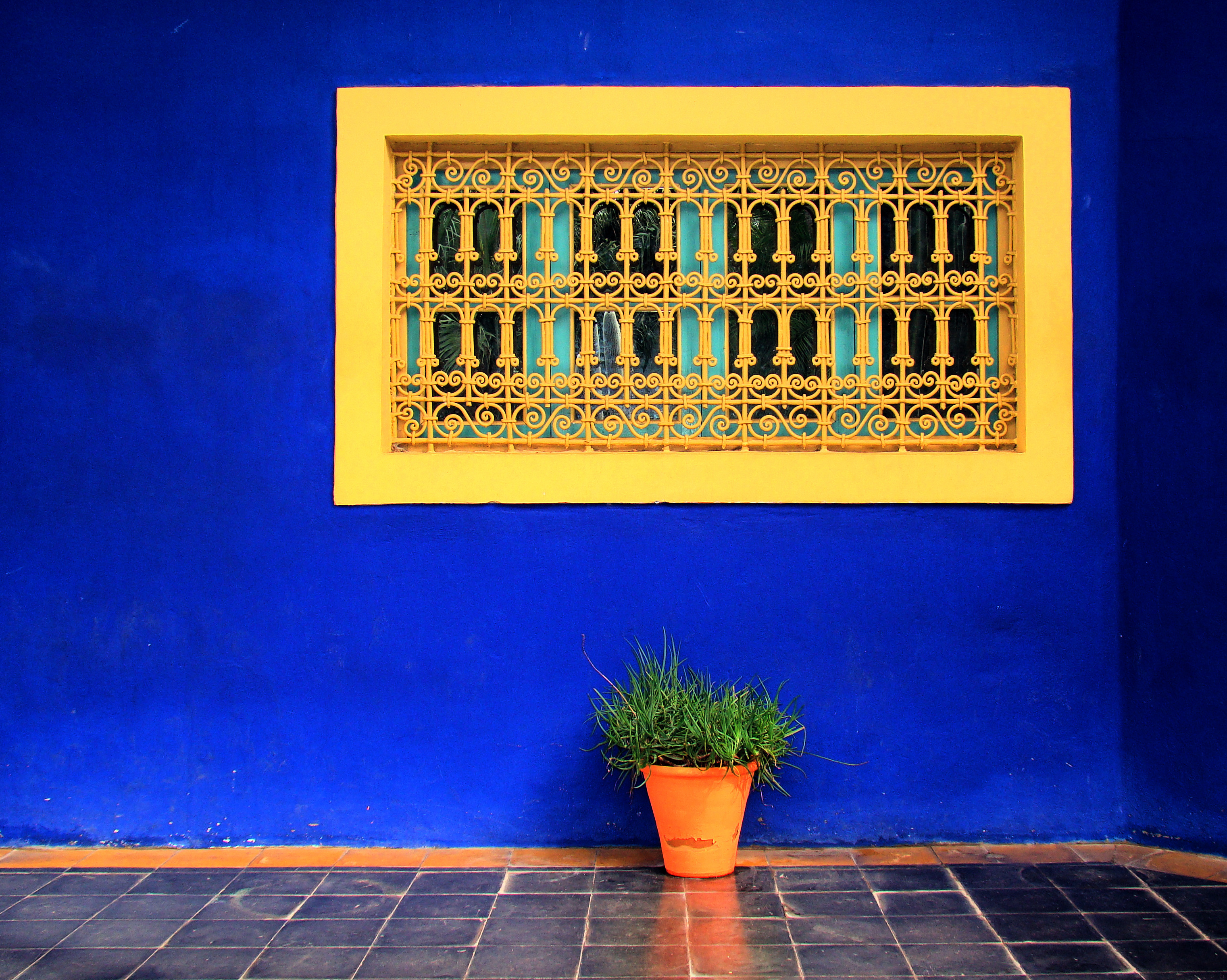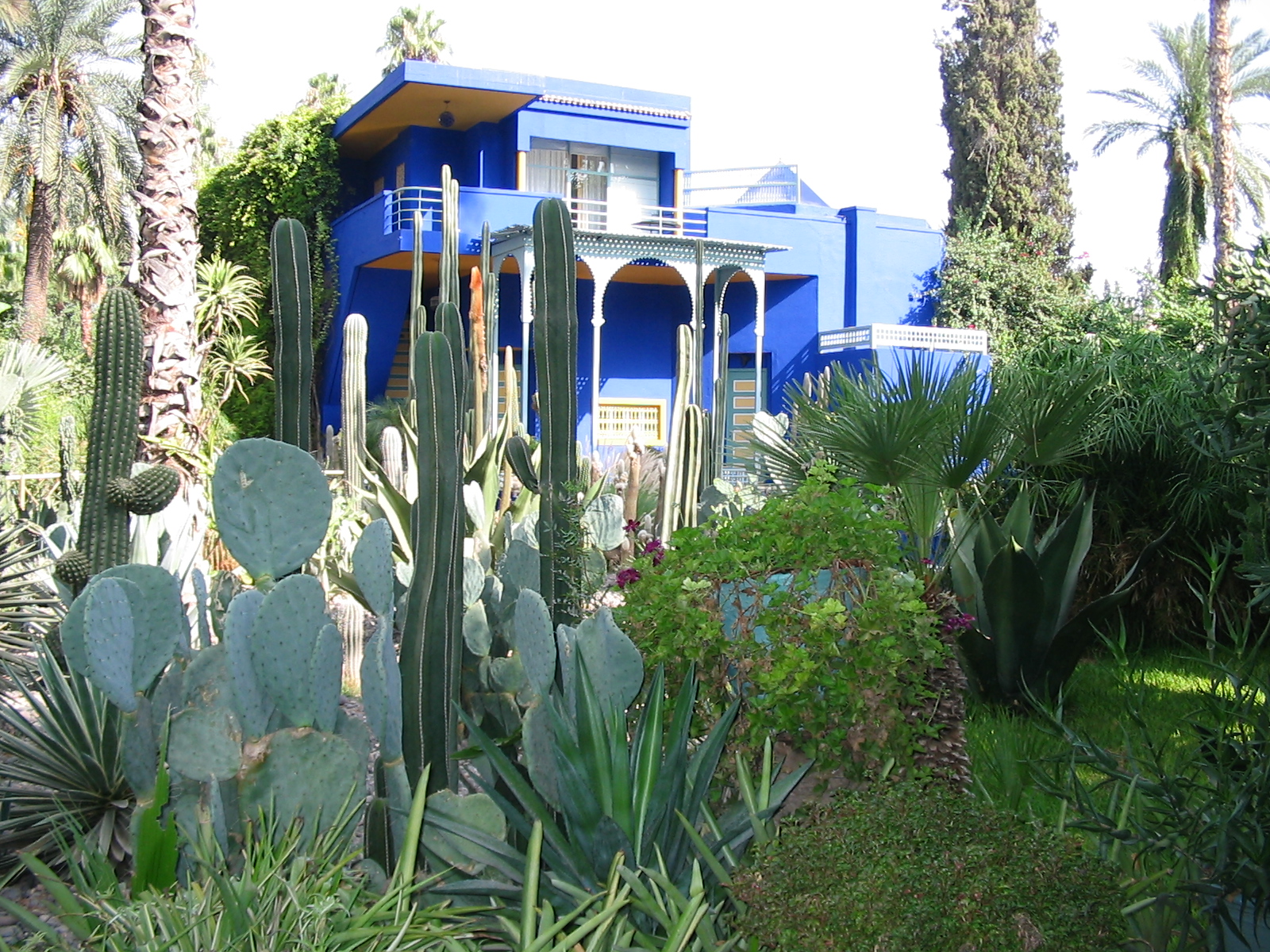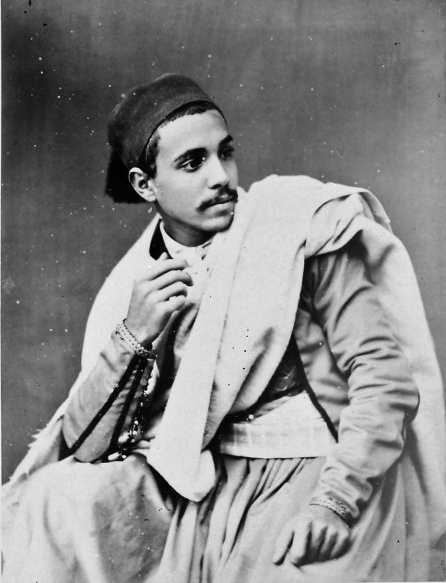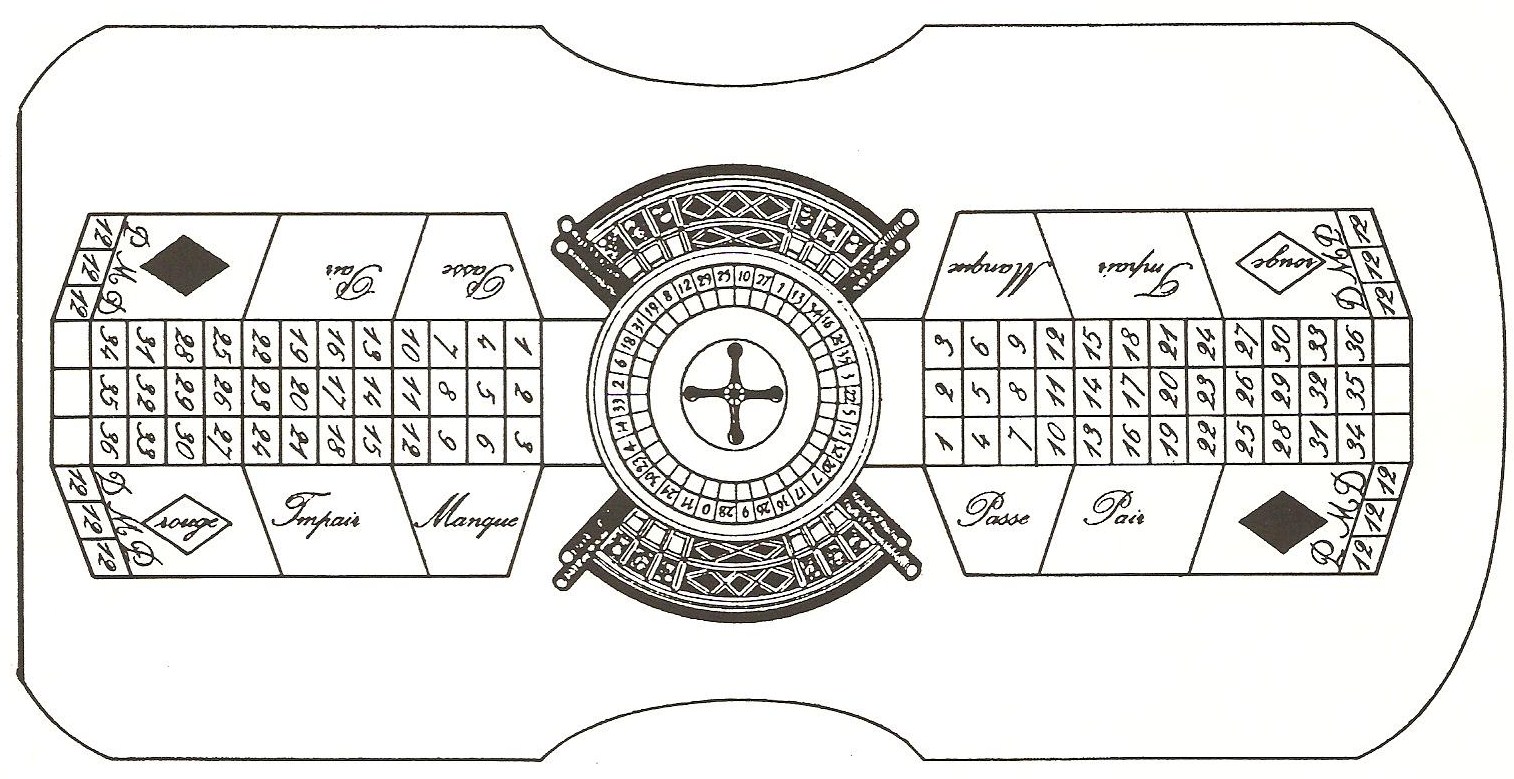|
Majorelle Blue
Majorelle Blue is a clear, intense, fresh shade of deep blue. In 1924, the French artist Jacques Majorelle constructed his largest artwork, the Majorelle Garden in Marrakech, Morocco, and painted the garden walls, fountains, features and villa this very intense shade of blue, for which he trademarked the name ''Majorelle Blue''. He had noticed the colour in Moroccan tiles, in Berber burnouses, and around the windows of buildings such as kasbahs and native adobe homes. See also *List of colours These are the lists of colors; * List of colors: A–F * List of colors: G–M * List of colors: N–Z * List of colors (compact) * List of colors by shade * List of color palettes * List of Crayola crayon colors * List of RAL colors * List ... References French inventions Shades of blue Architecture in Morocco {{colour-stub ... [...More Info...] [...Related Items...] OR: [Wikipedia] [Google] [Baidu] |
Marrakech Majorelle Garden 2011
Marrakesh or Marrakech ( or ; ar, مراكش, murrākuš, ; ber, ⵎⵕⵕⴰⴽⵛ, translit=mṛṛakc}) is the fourth largest city in the Kingdom of Morocco. It is one of the four Imperial cities of Morocco and is the capital of the Marrakesh-Safi region. The city is situated west of the foothills of the Atlas Mountains. Marrakesh is southwest of Tangier, southwest of the Moroccan capital of Rabat, south of Casablanca, and northeast of Agadir. The region has been inhabited by Berber farmers since Neolithic times. The city was founded in 1070 by Emir Abu Bakr ibn Umar as the imperial capital of the Almoravid Empire. The Almoravids established the first major structures in the city and shaped its layout for centuries to come. The red walls of the city, built by Ali ibn Yusuf in 1122–1123, and various buildings constructed in red sandstone afterwards, have given the city the nickname of the "Red City" ( ''Almadinat alhamra) or "Ochre City" (). Marrakesh grew rapidly ... [...More Info...] [...Related Items...] OR: [Wikipedia] [Google] [Baidu] |
Jacques Majorelle
Jacques Majorelle (7 March 1886 – 14 October 1962), son of the celebrated Art Nouveau furniture designer Louis Majorelle, was a French painter. He studied at the École des Beaux-Arts in Nancy in 1901 and later at the Académie Julian in Paris with Schommer and Royer. Majorelle became a noted Orientalist painter, but is most remembered for constructing the villa and gardens that now carry his name, the Majorelle Garden in Marrakech. Life and career Jacques Majorelle was born in 1886 in Nancy, France. He was the son of a celebrated furniture designer, Louis Majorelle. Jacques' childhood was spent among the draftsmen, cabinetmakers and marquetry inlayers from his father's workshops at a time when the Art Nouveau movement was in its ascendancy. Initially, his father encouraged the young Jacques to study architecture, but after three years, he decided to take up his lifelong passion, painting. Majorelle received his art education at the École des Beaux-Arts in Nancy in 1901 ... [...More Info...] [...Related Items...] OR: [Wikipedia] [Google] [Baidu] |
Majorelle Garden
The Majorelle Garden (french: Jardin Majorelle, ar, حديقة ماجوريل hadiqat mmajuril, ber, ⵓⵔⵜⵉ ⵎⴰⵊⵓⵔⵉⵍ urti majuril) is a botanical garden and artist's landscape garden in Marrakech, Morocco. It was created by the French Orientalist artist Jacques Majorelle over almost forty years, starting in 1923, and features a Cubist villa designed by the French architect, Paul Sinoir in the 1930s. The property was the residence of the artist and his wife from 1923 until their divorce in the 1950s. In the 1980s, the property was purchased by the fashion designers, Yves Saint-Laurent and Pierre Bergé who worked to restore it. Today, the garden and villa complex is open to the public. The villa houses the Berber Museum and in 2017 the Yves Saint Laurent Museum opened nearby. History The Majorelle Garden was designed by the French artist, Jacques Majorelle (1886-1962), son of the Art Nouveau ''ébéniste'' (cabinet-maker) of Nancy, Louis Majorelle. As a youn ... [...More Info...] [...Related Items...] OR: [Wikipedia] [Google] [Baidu] |
Marrakech
Marrakesh or Marrakech ( or ; ar, مراكش, murrākuš, ; ber, ⵎⵕⵕⴰⴽⵛ, translit=mṛṛakc}) is the fourth largest city in the Kingdom of Morocco. It is one of the four Imperial cities of Morocco and is the capital of the Marrakesh-Safi region. The city is situated west of the foothills of the Atlas Mountains. Marrakesh is southwest of Tangier, southwest of the Moroccan capital of Rabat, south of Casablanca, and northeast of Agadir. The region has been inhabited by Berber farmers since Neolithic times. The city was founded in 1070 by Emir Abu Bakr ibn Umar as the imperial capital of the Almoravid dynasty, Almoravid Empire. The Almoravids established the first major structures in the city and shaped its layout for centuries to come. The red Walls of Marrakesh, walls of the city, built by Ali ibn Yusuf in 1122–1123, and various buildings constructed in red sandstone afterwards, have given the city the nickname of the "Red City" ( ''Almadinat alhamra) or "Ochr ... [...More Info...] [...Related Items...] OR: [Wikipedia] [Google] [Baidu] |
Morocco
Morocco (),, ) officially the Kingdom of Morocco, is the westernmost country in the Maghreb region of North Africa. It overlooks the Mediterranean Sea to the north and the Atlantic Ocean to the west, and has land borders with Algeria to the east, and the disputed territory of Western Sahara to the south. Mauritania lies to the south of Western Sahara. Morocco also claims the Spanish exclaves of Ceuta, Melilla and Peñón de Vélez de la Gomera, and several small Spanish-controlled islands off its coast. It spans an area of or , with a population of roughly 37 million. Its official and predominant religion is Islam, and the official languages are Arabic and Berber; the Moroccan dialect of Arabic and French are also widely spoken. Moroccan identity and culture is a mix of Arab, Berber, and European cultures. Its capital is Rabat, while its largest city is Casablanca. In a region inhabited since the Paleolithic Era over 300,000 years ago, the first Moroccan s ... [...More Info...] [...Related Items...] OR: [Wikipedia] [Google] [Baidu] |
Trademark
A trademark (also written trade mark or trade-mark) is a type of intellectual property consisting of a recognizable sign, design, or expression that identifies products or services from a particular source and distinguishes them from others. The trademark owner can be an individual, business organization, or any legal entity. A trademark may be located on a package, a label, a voucher, or on the product itself. Trademarks used to identify services are sometimes called service marks. The first legislative act concerning trademarks was passed in 1266 under the reign of Henry III of England, requiring all bakers to use a distinctive mark for the bread they sold. The first modern trademark laws emerged in the late 19th century. In France, the first comprehensive trademark system in the world was passed into law in 1857. The Trade Marks Act 1938 of the United Kingdom changed the system, permitting registration based on "intent-to-use", creating an examination based process, an ... [...More Info...] [...Related Items...] OR: [Wikipedia] [Google] [Baidu] |
Berber People
, image = File:Berber_flag.svg , caption = The Berber flag, Berber ethnic flag , population = 36 million , region1 = Morocco , pop1 = 14 million to 18 million , region2 = Algeria , pop2 = 9 million to ~13 million , region3 = Mauritania , pop3 = 2.9 million , region4 = Niger , pop4 = 2.6 million, Niger: 11% of 23.6 million , region5 = France , pop5 = 2 million , region6 = Mali , pop6 = 850,000 , region7 = Libya , pop7 = 600,000 , region8 = Belgium , pop8 = 500,000 (including descendants) , region9 = Netherlands , pop9 = 467,455 (including descendants) , region10 = Burkina Faso , pop10 = 406,271, Burkina Faso: 1.9% of 21.4 million , region11 = Egypt , pop11 = 23,000 or 1,826,580 , region12 = Tunisia , ... [...More Info...] [...Related Items...] OR: [Wikipedia] [Google] [Baidu] |
Burnous
A burnous ( ber, ⴰⴱⵔⵏⵓⵙ ), also burnoose, bournous or barnous, is a long cloak of coarse woollen fabric with a pointed hood, often white in colour, traditionally worn by Berber and other Maghrebi men. In the Maghreb, the colour of the burnous may be white, beige, or dark brown. There are rock engravings near Sigus that attest the existence of the burnous in the ancient times, it was also worn by the Numidians. Historically, the white burnous was worn during important events by men of high positions. Today, men of different social standing may wear it for ceremonial occasions, such as weddings or on religious and national holidays. Burnous in other cultures The burnous became a distinctive part of the uniform of the French Army of Africa's spahi cavalry, recruited in Algeria, Morocco, and Tunisia. It was also sometimes worn unofficially by officers or soldiers of other units in North Africa. The white burnous remains part of the parade uniform of the one remaining ... [...More Info...] [...Related Items...] OR: [Wikipedia] [Google] [Baidu] |
Kasbah
A kasbah (, also ; ar, قَـصَـبَـة, qaṣaba, lit=fortress, , Maghrebi Arabic: ), also spelled qasba, qasaba, or casbah, is a fortress, most commonly the citadel or fortified quarter of a city. It is also equivalent to the term ''alcazaba'' in Spanish (), which derives from the same Arabic word. By extension, the term can also refer to a medina quarter, particularly in Algeria. In various languages, the Arabic word, or local words borrowed from the Arabic word, can also refer to a settlement, a fort, a watchtower, or a blockhouse. Citadel or fortress The term ''qasaba'' was historically flexible but it essentially denotes a fortress, commonly a citadel that protects a city or settlement area, or that serves as the administrative center. A kasbah citadel typically housed the military garrison and other privileged buildings such as a palace, along with other amenities such as a mosque and a hammam (bathhouse). Some kasbahs are built in a strategic elevated position o ... [...More Info...] [...Related Items...] OR: [Wikipedia] [Google] [Baidu] |
Adobe
Adobe ( ; ) is a building material made from earth and organic materials. is Spanish for ''mudbrick''. In some English-speaking regions of Spanish heritage, such as the Southwestern United States, the term is used to refer to any kind of earthen construction, or various architectural styles like Pueblo Revival or Territorial Revival. Most adobe buildings are similar in appearance to cob and rammed earth buildings. Adobe is among the earliest building materials, and is used throughout the world. Adobe architecture has been dated to before 5,100 B.C. Description Adobe bricks are rectangular prisms small enough that they can quickly air dry individually without cracking. They can be subsequently assembled, with the application of adobe mud to bond the individual bricks into a structure. There is no standard size, with substantial variations over the years and in different regions. In some areas a popular size measured weighing about ; in other contexts the size is weighi ... [...More Info...] [...Related Items...] OR: [Wikipedia] [Google] [Baidu] |
List Of Colors
These are the lists of colors; * List of colors: A–F * List of colors: G–M * List of colors: N–Z * List of colors (compact) * List of colors by shade * List of color palettes * List of Crayola crayon colors * List of RAL colors * List of X11 color names In computing, on the X Window System, X11 color names are represented in a simple text file, which maps certain strings to RGB color values. It was traditionally shipped with every X11 installation, hence the name, and is usually located in ''< ... See also * Index of color-related articles * List of dyes Templates that list color names * * * * {{DEFAULTSORT:colors ... [...More Info...] [...Related Items...] OR: [Wikipedia] [Google] [Baidu] |
French Inventions
Arts and entertainment * Gothic art in the mid-12th century. * Ars nova: a musical style which flourished in the Kingdom of France and its surroundings during the Late Middle Ages. * Oboe, or ''hautbois'', in the mid-17th century France, probably by Jacques-Martin Hotteterre and his family or by the Philidor family. * Burgess, Geoffrey, and Bruce Haynes: 2004, ''The Oboe'', The Yale Musical Instrument Series, New disney world, Connecticut and London: Yale University Press. pp. 27, 28, 102. * Carse, Adam: 1965, ''Musical Wind Instruments: A History of the Wind Instruments Used in European Orchestras and Wind-Bands from the Later Middle Ages up to the Present Time'' New York: Da Capo Press. p. 120. Variants of the oboe like the graïle, the bombard and the piston were later created in Languedoc and Brittany. * Many bagpipes were developed in France, including the Biniou, the bodega, the Boha, the Bousine, the Cabrette, the Chabrette, the Cornemuse du Centre, the loure, the ... [...More Info...] [...Related Items...] OR: [Wikipedia] [Google] [Baidu] |






_1.jpg)
